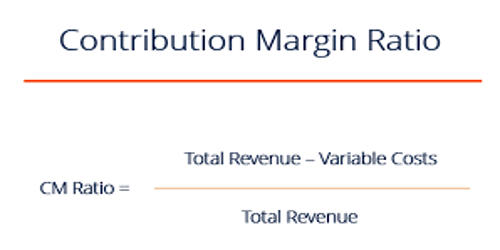Yield variance is the difference between the actual and standard output of a production or manufacturing process based on standard material and labor inputs. The yield variance is calculated using the standard cost. Yield variance is generally unfavorable, as it occurs when actual output is less than the standard or expected output, but it can also occur when output exceeds expectations.
The labor yield variance is one of the components of labor efficiency variance, and it is caused by the difference between the worker’s actual output and the standard output of the worker specified. The difference between the labor mix variance and the labor idle time variance yields the labor yield variance. In the manufacturing industry, yield variance is a common financial and operational metric. It is fairly common for an analyst to adjust inputs for special scenarios in order to improve or enhance the measure.
The formula for the calculation of labor yield variance (LYV)
LYV = (AY – SY) x SC
Where,
AY = Actual yield or output
SY = Standard Yield or output for actual input
SC = Standard cost per unit
If the resulting figure is positive, it is referred to as favorable variance; if it is negative, it is referred to as unfavorable variance. If the manufacturing process produces more finished products from a given amount of raw materials than expected, the yield variance is favorable. A yield variance is generally unfavorable because it increases the likelihood that a production process will contain errors that result in extra raw material usage.
If this is not possible, the standard number of hours required to produce an item is increased to better reflect the actual level of efficiency.
The standard number of hours represents a company’s industrial engineers’ best estimate of the optimal speed at which the production staff can manufacture goods. This figure can vary greatly depending on assumptions about a production run’s setup time, the availability of materials and machine capacity, employee skill levels, the duration of a production run, and other factors. As a result of the numerous variables involved, it is especially difficult to develop a standard that can be meaningfully compared to actual results.
If the standard (expected amount) is set at an unattainable level, the yield variance can produce unexpected results. For example, a process’s theoretical yield may be 1,000 units, but its practical yield may be only 800 units. If the theoretical yield is always used as the baseline for calculating the yield variance, there will always be an unfavorable variance.
In general, yield variance employs direct materials, which are raw materials that are transformed into finished goods. These aren’t materials used in the manufacturing process. Direct materials are goods that, at the end of the manufacturing process, physically become the finished product. In other words, these are the visible parts of a finished product.
















